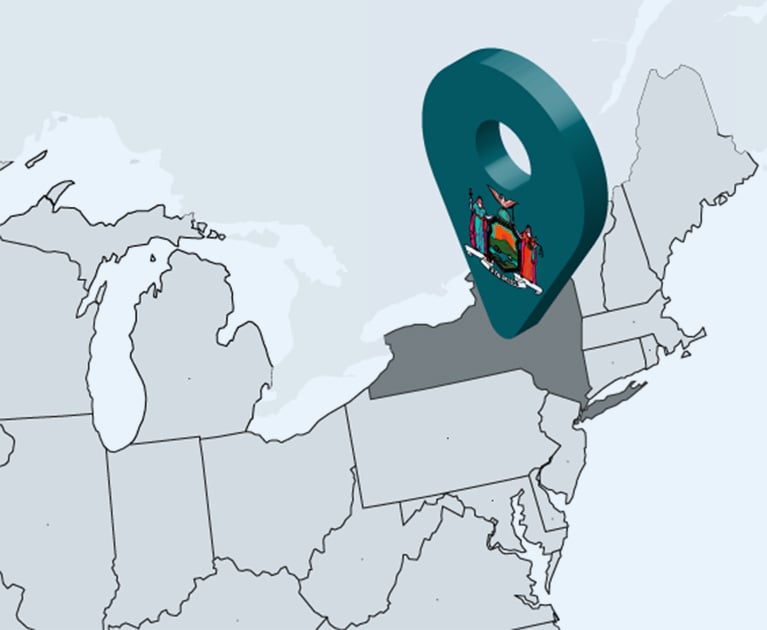 In Merit Management Group v. FTI Consulting, 138 S. Ct. 883 (2018), the Supreme Court settled a circuit split over whether the Bankruptcy Code §546(e) safe harbor applies when the only covered entity involved in the challenged transaction was an “intermediary,” i.e., was involved in a “component part” of the transaction, but was not the initial transferor or the ultimate transferee. Section 546(e) prevents trustees from avoiding (primarily as a preference or constructive fraudulent conveyance) a transfer that is a margin or settlement payment, or a transfer in connection with a securities contract, commodity contract, or forward contract, that is made by, to, or for the benefit of certain covered entities, including financial institutions and financial participants. In Merit Management, the court ruled that “the relevant transfer for the purposes of the Section 546(e) safe harbor is the same transfer that the trustee seeks to avoid.” Id. at 893. However, Merit Management also suggests that defendants may challenge the trustee’s identification of the transfer to be avoided, and leaves the door open for an argument that transactions involving an intermediary covered entity constitutes two separate transactions, not a single overarching one.
In Merit Management Group v. FTI Consulting, 138 S. Ct. 883 (2018), the Supreme Court settled a circuit split over whether the Bankruptcy Code §546(e) safe harbor applies when the only covered entity involved in the challenged transaction was an “intermediary,” i.e., was involved in a “component part” of the transaction, but was not the initial transferor or the ultimate transferee. Section 546(e) prevents trustees from avoiding (primarily as a preference or constructive fraudulent conveyance) a transfer that is a margin or settlement payment, or a transfer in connection with a securities contract, commodity contract, or forward contract, that is made by, to, or for the benefit of certain covered entities, including financial institutions and financial participants. In Merit Management, the court ruled that “the relevant transfer for the purposes of the Section 546(e) safe harbor is the same transfer that the trustee seeks to avoid.” Id. at 893. However, Merit Management also suggests that defendants may challenge the trustee’s identification of the transfer to be avoided, and leaves the door open for an argument that transactions involving an intermediary covered entity constitutes two separate transactions, not a single overarching one.
Background
This dispute began out of the competition between Valley View and Bedford Downs to obtain the horse-racing license required to open a racetrack casino, or “racino.” In 2007, Valley View and Bedford Downs decided to team up rather than continue to compete for the single available license. Under that agreement, Bedford Downs withdrew as a competitor for the license, and Valley View was to purchase all of Bedford Downs’ stock for $55 million after Valley View obtained the license. Id. at 890-91.






